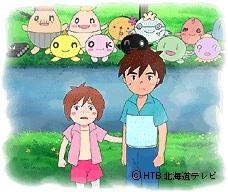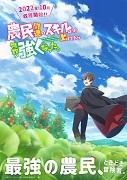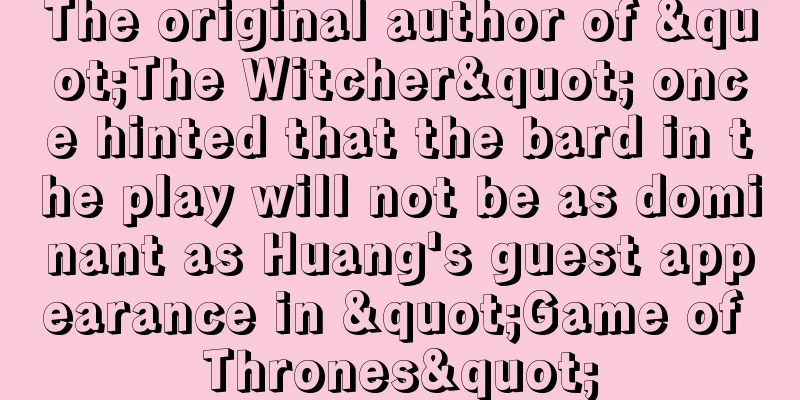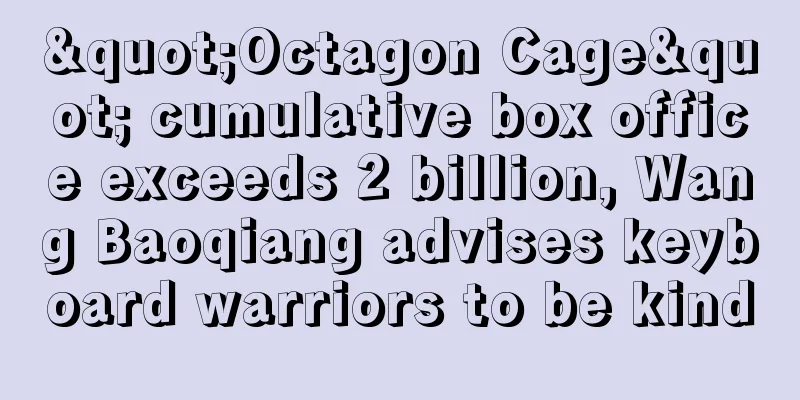The appeal and evaluation of the 1962 version of "The Old Clock"
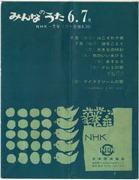
"The Old Clock": NHK's classic anime and its appeal"The Old Clock" is a short animation that was broadcast on NHK Educational TV (now NHK E-Tele) in 1962. This work was produced as part of NHK's long-running program "Minna no Uta" and deeply moved viewers in its short two-minute run. Below, we will explain in detail the background of this work, the behind-the-scenes story of its production, and its appeal. Overview of the work"The Old Clock" was broadcast in June 1962. Its original source is listed as "other," meaning that there is no specific original source, and it is an original animation work. It is a very short work, with a broadcast time of two minutes and only one episode, but its content left a deep impression on the viewers. The film was produced by Rokuro Taniuchi, who was responsible for the illustrations. Taniuchi Rokuro was an important figure who led the postwar Japanese animation industry, and his unique touch and storytelling are fully displayed in this work. The copyright is held by NHK, and the film can still be viewed today on NHK's official archives and platforms such as YouTube. Story and ThemesThe story of "The Old Clock" is about an old clock. After many years, this clock is nearing the end of its life. However, inside the clock, the small gears continue to work tirelessly. The moment the hands of the clock stop, the gears all stop moving at once, and silence descends. Then, in the final scene, the scenery reflected in the glass of the clock slowly changes, symbolically expressing that the clock has stopped. The theme of this work is the preciousness of "time" and "life." The movement of the clock symbolizes the flow of time, while the movement of the gears represents the workings of life. The moment the clock stops is also the moment life ends. However, the sight of the gears continuing to work tirelessly until that moment teaches the viewer the beauty and preciousness of life. Behind the Scenes and Background"The Old Clock" was produced as part of NHK's "Minna no Uta" series. "Minna no Uta" is a children's music program that began in 1961, and introduces new songs and animations every month. "The Old Clock" is one of the most highly acclaimed works in this series. In creating this work, Taniuchi Rokuro made the most of his own experiences and sensibilities. He lived through the chaotic period after the war and aimed to give people hope through animation. "Grandfather's Clock" is a work that embodies that desire, and it succeeded in deeply moving viewers. The production of this work was also subject to the technical limitations of the time. In 1962, animation was done entirely by hand, as digital technology had not yet developed like it is today. Taniuchi Rokuro skillfully told the story within those limitations, and succeeded in achieving both visual beauty and emotion. Visual appealThe visual appeal of The Grand Antique Clock lies in Taniuchi Rokuro's unique touch and sense of color. His paintings are simple yet expressive, drawing viewers in with their deep emotions. In particular, the scenes depicting the inside of the clock, with their realistic depiction of the intricate movement of the gears, are visually stunning and technically ingenious. The use of color is also distinctive. The exterior of the clock is painted in aged browns and blacks, evoking a sense of the passage of time. Meanwhile, the interior of the clock is painted in bright colors, expressing the vitality of the gears. This contrast visually emphasizes the theme of the entire work. Music and lyricsThe music for "Grandfather Clock" was composed by Minoru Harada. Minoru Harada is a composer who led the postwar Japanese music scene, and his work is loved by many people. The music in this work is simple yet expresses deep emotion, moving the hearts of viewers. The lyrics symbolically depict the movement of the clock and the workings of life, deeply moving the viewer. In particular, the phrase "The moment the hands of the clock stop, all the gears stop moving at once" symbolically expresses the theme of the work. The combination of these lyrics and music is one of the reasons why the work leaves a deep impression on the viewer's mind. Viewer reactions and ratings"The Old Clock" has been loved by many viewers since it was first broadcast. Children in particular have learned about the value of time and life through this work, and have been deeply moved by it. Adults have also been moved by the profound theme and beautiful images of this work, and have sent in many comments and evaluations. Even today, the show can be viewed on NHK's official archives and on platforms such as YouTube, and it continues to be loved by many people. In particular, the show's moving scenes and themes are actively discussed on social media, and its influence continues to grow. Related works and recommendationsIf you are interested in the theme and style of "The Old Clock," we also recommend the following works:
These works will help you gain a deeper appreciation of the themes and style of The Old Clock, and are recommended for anyone looking for a visually stunning and moving story. summary"The Old Clock" is a short animation that was broadcast on NHK Educational TV in 1962. In just two minutes, this work, which depicts the preciousness of time and life, deeply moved the hearts of viewers. This work, which combines the unique touch and sense of color of Taniuchi Rokuro with the beautiful music and lyrics of Harada Minoru, continues to be loved by many people today. Through this work, viewers learned about the preciousness of time and life, and were deeply moved. The work, which combines visual beauty with deep themes, continues to influence many people. As a classic NHK animation, "Grandfather's Clock" will continue to be loved by many people for a long time to come. |
Recommend
The movie "Little Women" released a new Chinese clip: the heroine sticks to herself!
At present, the official Weibo account of Sony Co...
Unreal 5 animation "Gundam: Requiem of Vengeance" released trailer
The trailer for the Unreal Engine 5-powered anime...
The "Detective Pikachu" model appeared at the Japanese winter exhibition. Pikachu is so cute
Recently, at the World Hobby Fair 19 Winter Exhib...
The appeal and evaluation of Bewitched Arnès from "My Bewitched Girl"
Bewitched Arnès: A perfect balance between magic ...
Marvel's fall? Captain Marvel 2's opening weekend revenue is expected to be only half of its predecessor
Captain Marvel 2 is set to hit theaters in Novemb...
Hakata Mentaiko! Pirikarakochan - Critical Review and Recommended Points
Hakata Mentai! Pirikarakochan - Hakata Mentai Pir...
The appeal and reviews of "The Wise Man's Disciple": A deep story and appealing characters
"The Sage Who Calls Himself a Disciple of th...
The appeal and reviews of the first season of "Don't Toy With Me, Miss Nagatoro": A heartwarming, everyday comedy
The appeal and reviews of the first season of &qu...
Hatsune Miku's official GT racing car uses Mercedes-AMG models and will compete in the GT race
Recently, the official GT racing car 2021 of the ...
Medicos's super-like movable "Fist of the North Star" Rao figure is priced at 9600 yen
Japanese model manufacturer Medicos today (Octobe...
The appeal and reviews of "Magical Girl Tickle": What is the new appeal of magical girl anime?
"Magical Girl Tickle": The appeal of Na...
Initial D Second Stage Review: The appeal and evolution of the second stage
"Initial D Second Stage" - The ultimate...
The latest Japanese comics annual sales ranking: "Demon Slayer: Kimetsu no Yaiba" surpasses "One Piece" and approaches 30 million
"One Piece", which once occupied the to...
Giant Robo The Animation Review: The moving day the Earth stood still
Giant Robo The Animation: The Day the Earth Stood...
Black Widow's "Marriage Story" will be released on May 20th on the video site, and the theater schedule remains a mystery
The latest news from Tencent and iQiyi is that th...


